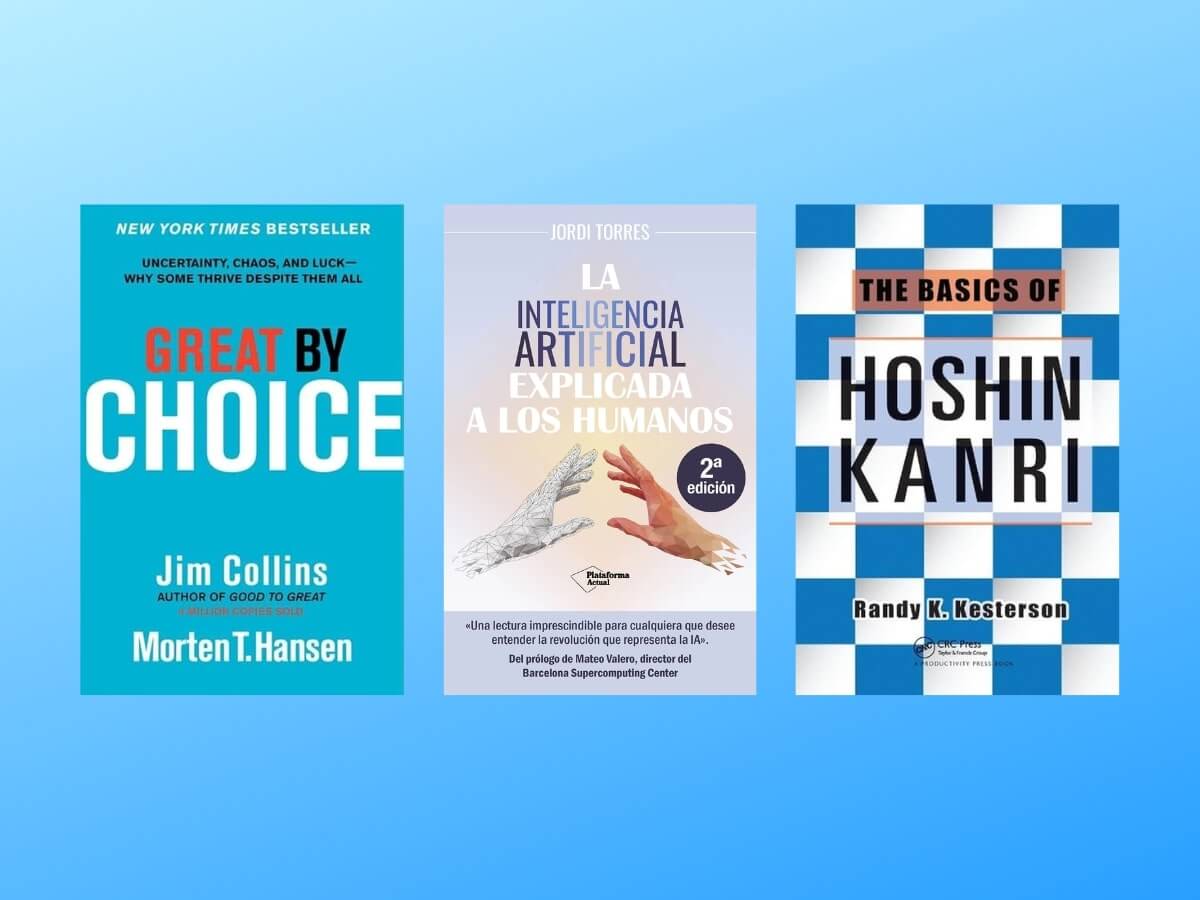3 Recommended Books on Business Leadership and Innovation

INDPULS recommends three must-read books for this Christmas: Edmondson, Dweck, or Martin.
‘The Fearless Organization’ by Amy Edmondson.

How to Create Psychological Safety in the Workplace for Learning, Innovation, and Growth. Written by Amy Edmondson, Professor of Management and Leadership at Harvard Business School.
This book is a timeless masterpiece, highly valuable for leaders and teams. Amy Edmondson demonstrates that psychological safety is the number one factor for predicting a company’s effectiveness. She backs this claim with the scientific rigor of more than 30 years of research at Harvard Business School.
Companies invest in attracting talent to enhance their competitiveness, but often fail to realize that this talent is wasted if individuals are not given the space to express themselves freely and confidently. Corporate culture should not suppress or intimidate; it should foster a trusting environment where new ideas can thrive.
‘Mindset: The New Psychology of Success’ by Carol Dweck.

Carol Dweck, a psychologist at Stanford University, presents a foundational idea in her book Mindset: success depends largely on how we approach our talents and abilities. Dweck identifies two types of mindsets:
- Fixed Mindset: People believe their abilities are innate and unchangeable. This belief limits learning and development, as fear of failure prevents risk-taking.
- Growth Mindset: Based on the idea that talent can be developed through effort, learning, and resilience. People with this mindset see mistakes as opportunities for improvement and actively seek challenges to surpass themselves.
Key lessons applied to innovation and business leadership:
- The Importance of Constant Effort: Natural talent is only part of success; effort and perseverance are the true drivers of progress. In business, this translates to adaptability and the pursuit of innovative solutions.
- Failure as Learning: Dweck emphasizes that mistakes are invaluable sources of knowledge. This aligns with the sustainable innovation philosophy promoted by INDPULS: learning from failures to iterate and improve.
- Growth Mindset Leadership: Leaders with this approach inspire their teams to take calculated risks, foster creativity, and work in a culture of trust and collaboration. This type of leadership is essential for generating impact and staying competitive in a changing environment.
‘A New Way to Think: Your Guide to Superior Management Effectiveness’ by Roger L. Martin.

In A New Way to Think, Roger Martin challenges traditional management models that many companies rely on but are often ineffective. He proposes replacing them with 14 new models that promote more effective and adaptable management. His main message is that leaders should avoid clinging to rigid frameworks and instead embrace a more flexible and creative approach.
Key ideas from the book:
- Creativity Over Rigid Data: Martin argues that, rather than relying solely on strict data analysis, leaders should use imagination to find innovative solutions. This “abductive logic” involves making mental leaps to imagine new possibilities—an often-suppressed skill in corporate environments.
- Models as Tools, Not Rules: Martin suggests that management models should be seen as tools that can be adjusted rather than rigid dogmas. If a model isn’t producing the desired results, the solution isn’t just to improve execution but to rethink the model itself.
- The Power of Workplace Habits: Martin highlights the impact of habits on employee behavior. Many workplace decisions and actions are automatic. Understanding and shaping these habits can help organizations improve engagement and talent retention.
- Disruptive Innovation: Martin cites examples like Steve Jobs and the iPod, where seemingly “crazy” ideas turned into revolutionary products. This underscores how breaking away from traditional models can lead to significant success.
The book serves as a practical guide for leaders seeking to foster innovation and enhance organizational effectiveness. The author encourages executives to question the status quo, experiment with new approaches, and adopt a mindset open to constant change.





